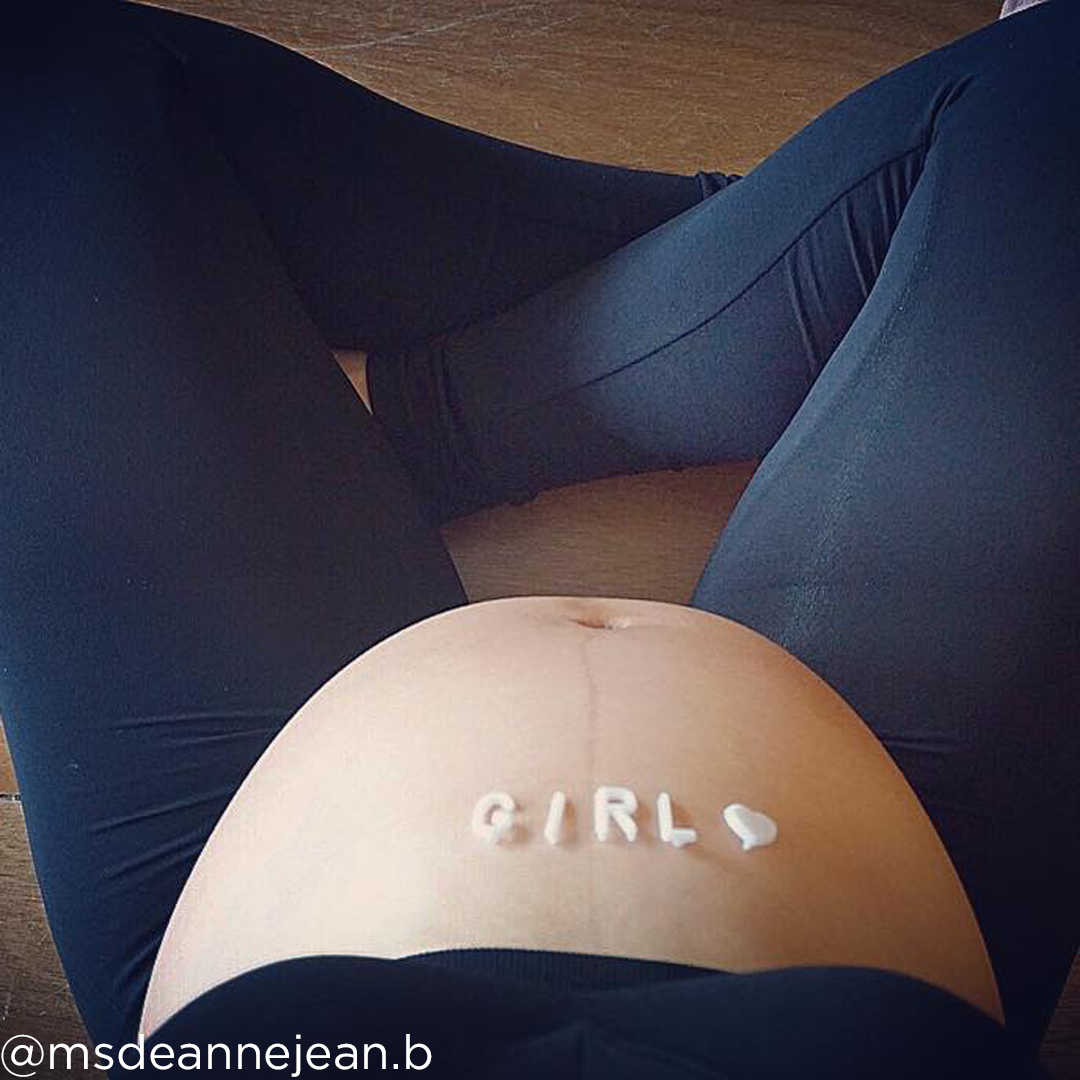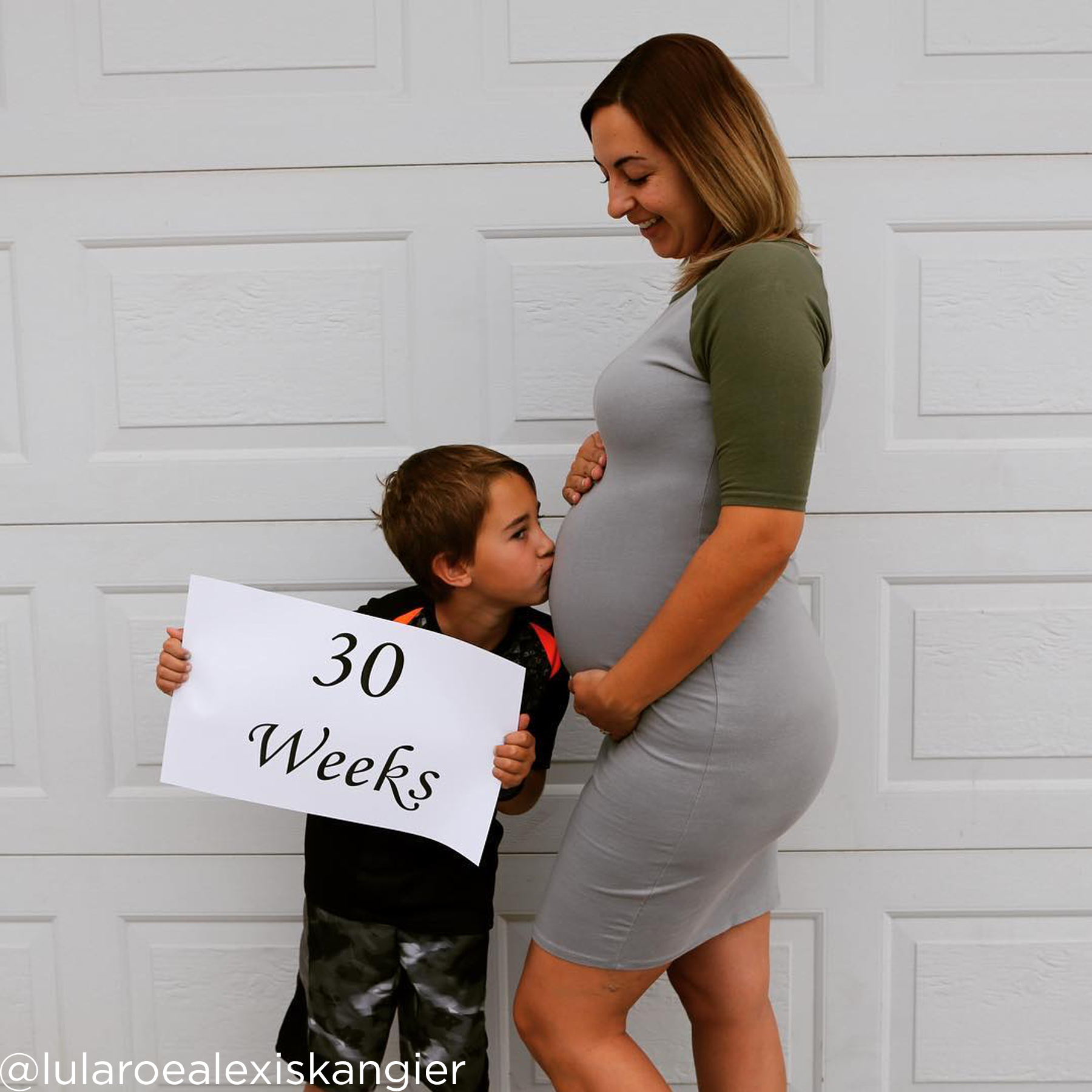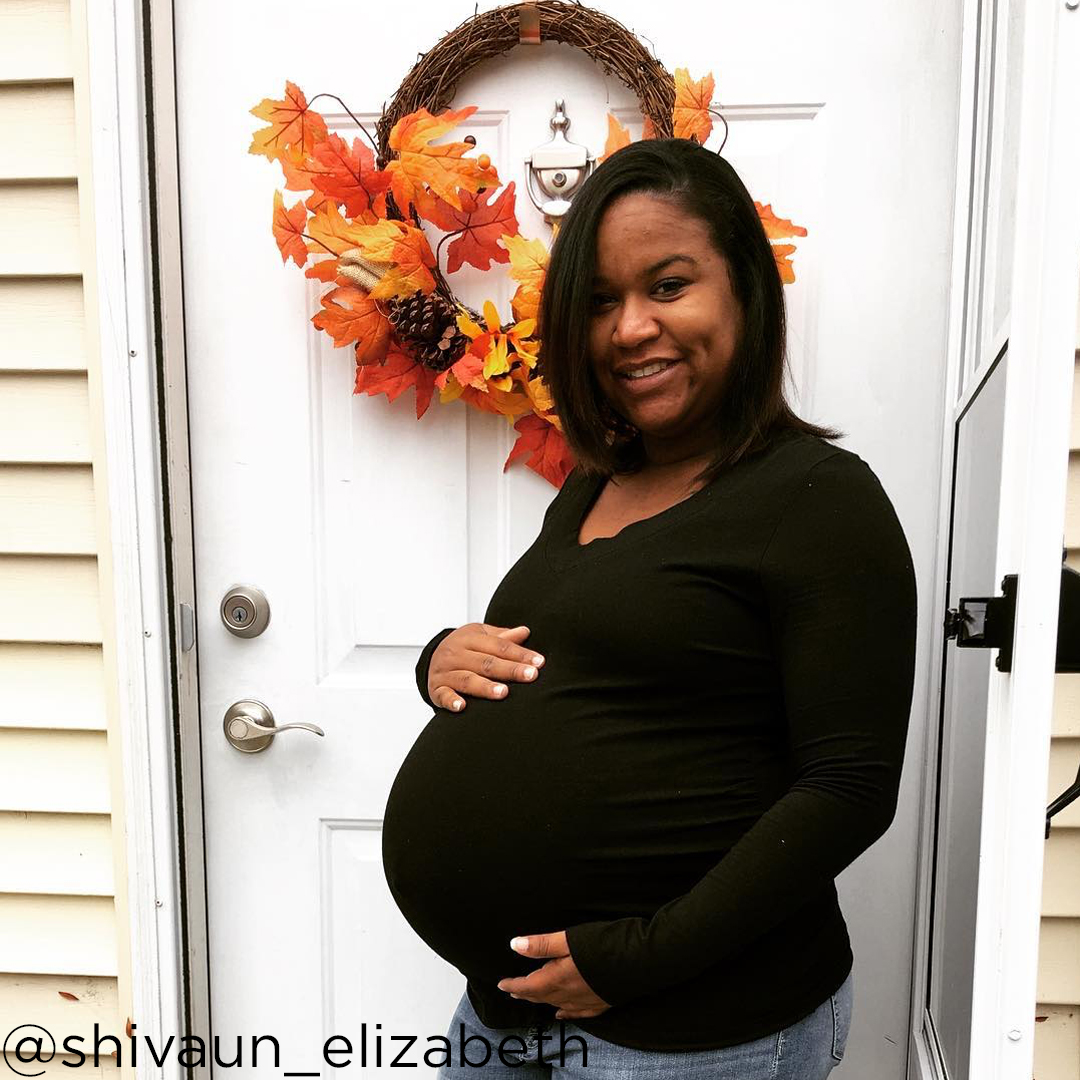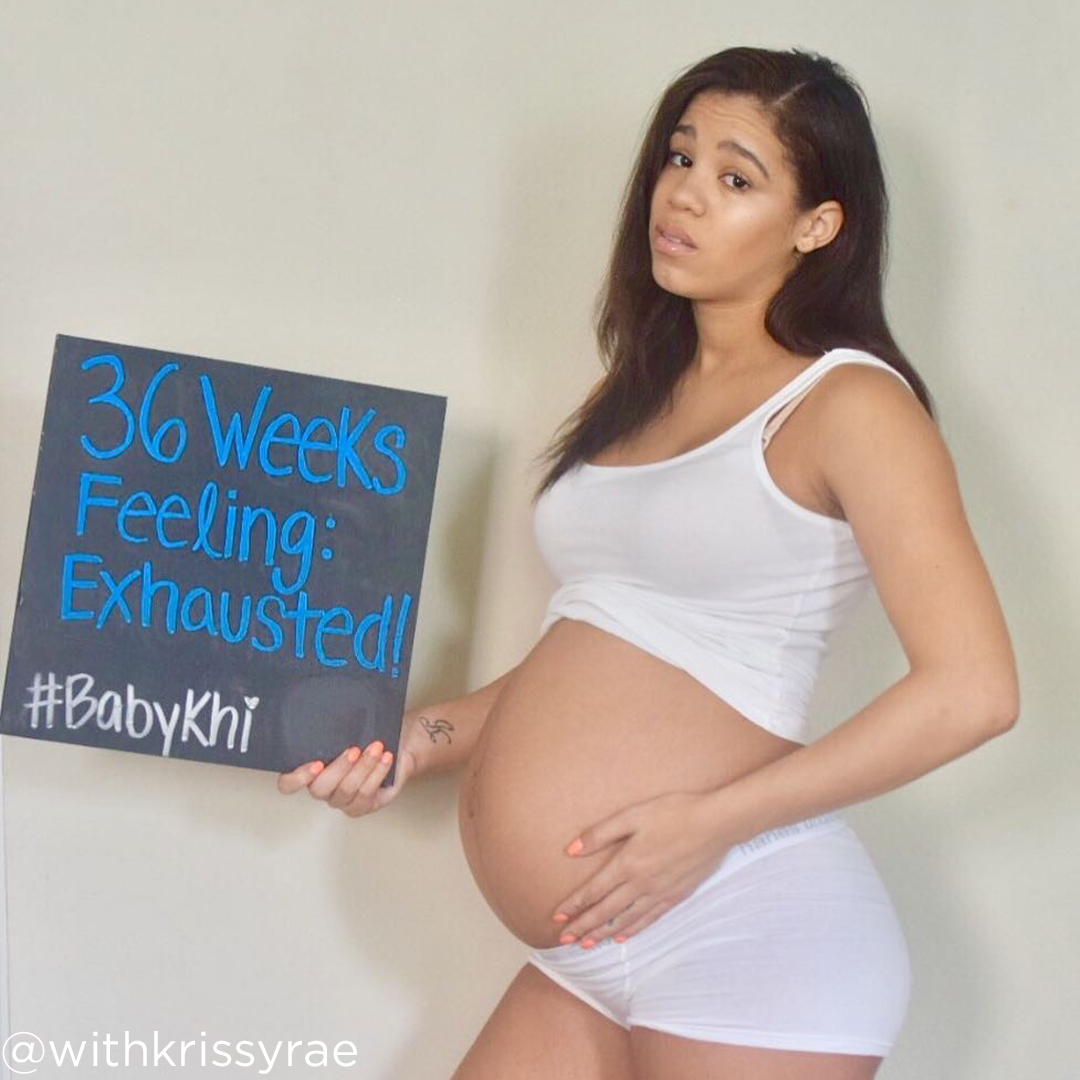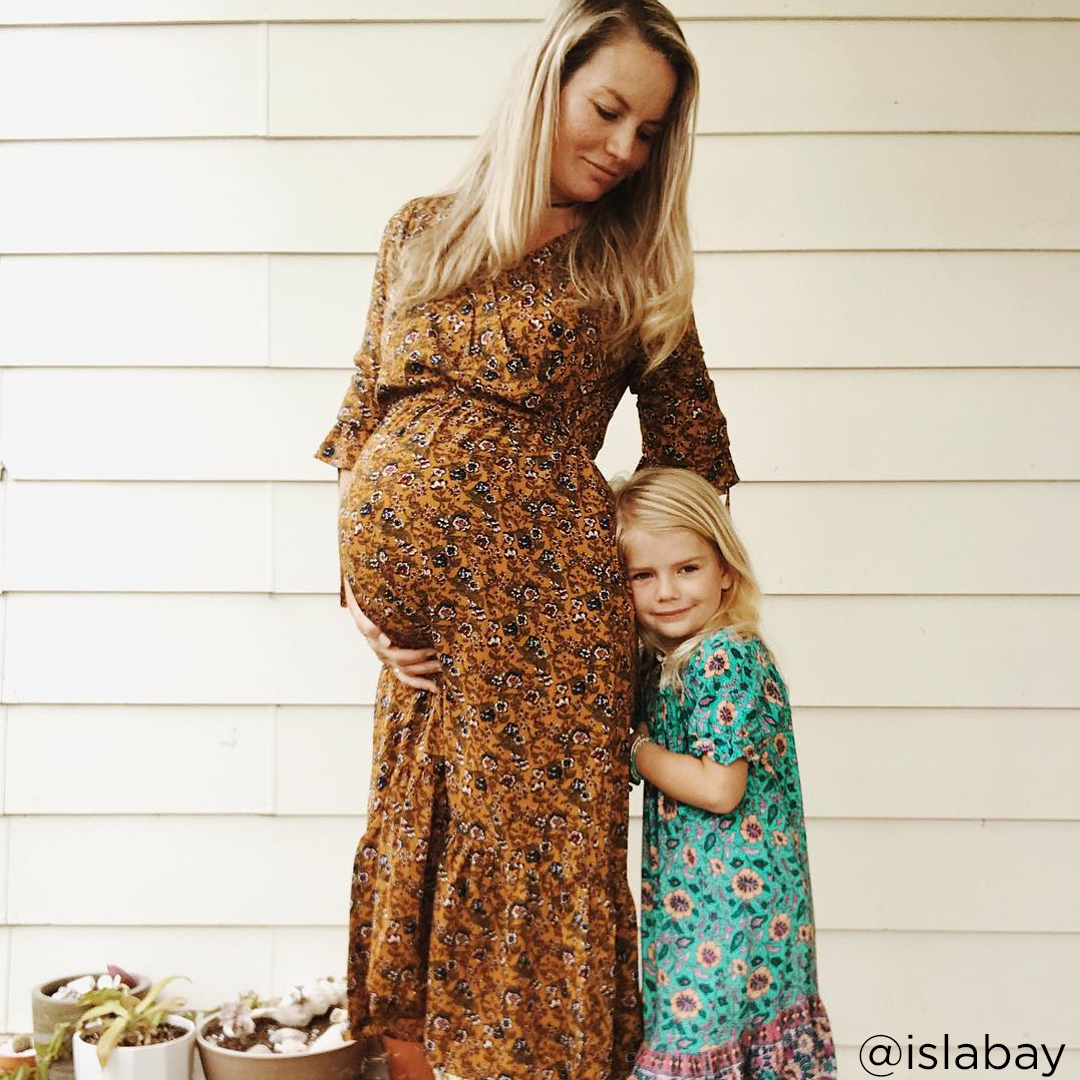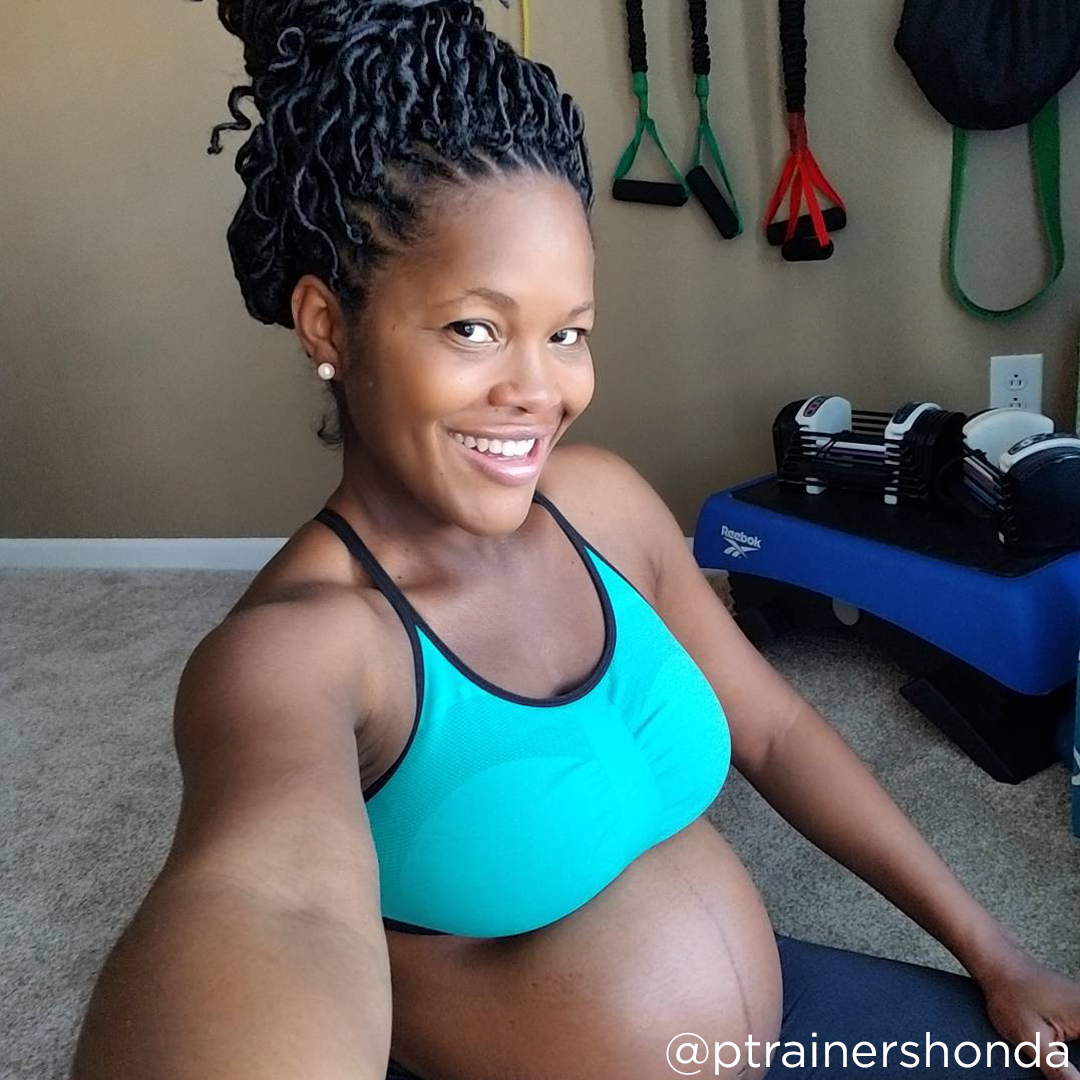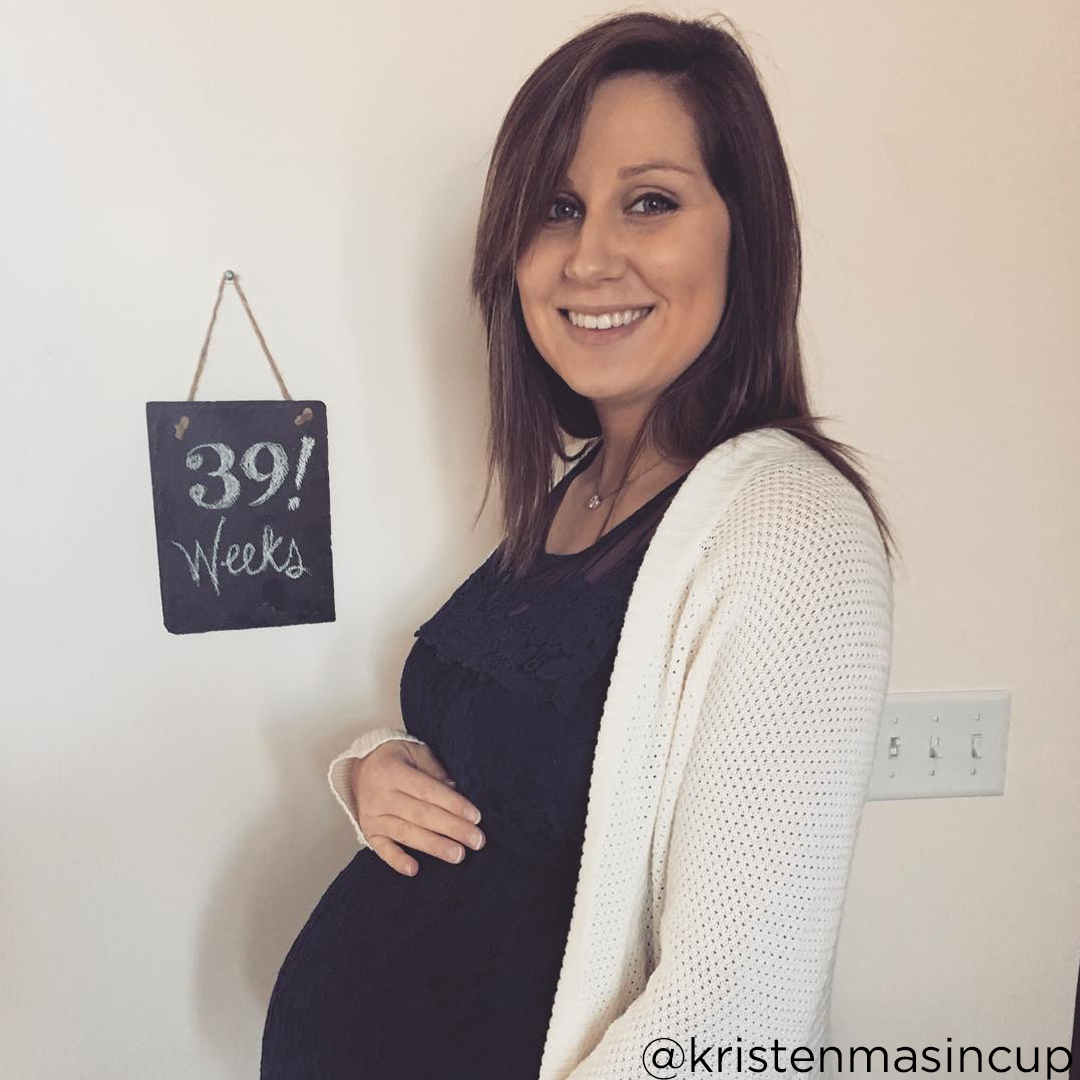Third Trimester of Pregnancy
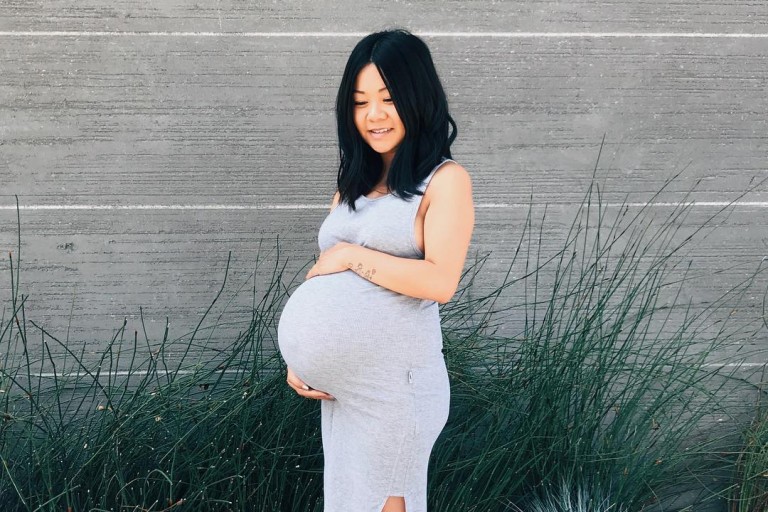
You are done with the second trimester! Nice work. While you’re this much closer to meeting your new baby, some of the toughest symptoms of early pregnancy return during the third trimester, like fatigue and the need to pee.
In addition, you’ll start to have new pregnancy symptoms, like Braxton-Hicks contractions, hemorrhoids and annoying aches and pains. You might find yourself feeling anxious, too, as you get closer to baby’s due date. It’s time to take extra good care of yourself—take naps, meditate, whatever relaxes you.
Your baby is really busy during the third trimester, putting all the finishing touches on their development as they get ready to enter the world. They’ll be packing on the pounds—it starts to get cramped in there—and brain and neuron development go crazy during these weeks.
Here’s what to expect during your third trimester of pregnancy.
Third Trimester Weeks
Weeks 28-42
Baby’s development in the third trimester
At 28 weeks, the start of your third trimester, baby is around 14.8 inches this week. That’s about the size of a bowling pin. By the end of your third trimester—when you’ll meet your baby!—they’ll be about 19-21 inches in length and weigh anywhere from 6 3/4 lbs to 10 lbs. You know, the size of an actual baby.
After 30 weeks, your baby will start putting on around a half a pound a week until birth. It will get cramped in the amniotic sac, and as space gets tighter, your baby will start to nestle into the fetal position.
Around 36 weeks, they’ll also begin to shift their position down away from your ribcage and toward your pelvis as they get ready for birth. That’s called “lightening,” and it’s one of the early stages of labor.
Your baby’ll be about 19-21 inches and weigh anywhere from 6 3/4 lbs to 10 lbs by the end of the third trimester.
During the third trimester, your baby’s brain and neuron development is in full effect. The brain continues to develop the important neural connections for the five senses, so your baby can get ready to see, feel, touch, taste and hear when they’re born. They even start dreaming—rapid eye movement has been detected!
Your little one’s bones are hardening, but your baby’s skull will still be soft at birth to allow the head to move through the birth canal (which is good, because that’s your vagina). These soft spots between parts of their skull are called fontanelles, and it can take a couple of years for them to close. Crazy!
By 36 weeks, your baby’s kidneys and liver are completely functioning. Your baby’s brain and lungs will continue to develop into childhood and beyond, but all the other internal systems are good to go.
At 37 weeks, your baby is considered fully baked and will be ready to make their debut any time now.
Managing Multiple Registries?
Third trimester pregnancy symptoms
Braxton Hicks contractions
During your third trimester, you may begin to experience Braxton Hicks contractions as your body prepares for labor. During these “fake” contractions, your uterine muscles tighten for anywhere between 30 seconds to two minutes.
How can you tell the difference between Braxton Hicks contractions and ones that are the real deal? Labor contractions don’t ease up if you change positions or get up or move around, and they increase in both intensity and frequency with time. Use these Braxton Hicks contractions as a chance to practice those breathing methods you’ll learn in your childbirth classes, if you take them.
Third trimester pregnancy aches and pains
Lower back and hip pain: The connective tissue in your pelvic area will start to loosen, as increased hormone levels prepare your body for baby to make their way through the birth canal. Because of this, you may find yourself with hip or lower back pain. Regular exercise, like walking, swimming and stretching, can help. This pelvic spread also gives you that distinctive pregnancy “waddle.” Time to embrace your inner penguin, mama.
Sciatica: If you’re feeling tingling, numbness or shooting pain through your lower back, butt and thighs, you probably have sciatica. This is when your uterus puts pressure on your sciatic nerves. A warm bath or compress can help soothe your pain.
Shortness of breath: As your uterus gets bigger, it presses against your rib cage and diaphragm, making it harder to breathe. Try standing up straight to allow more “breathing” room for your lungs, and if it affects your sleep, prop yourself up with some extra pillows. Toward the end of your pregnancy, your baby will drop, allowing you to breathe easier.
This pelvic spread also gives you that distinctive pregnancy “waddle.” Time to embrace your inner penguin, mama.
Mild swelling: It’s very common to have swollen ankles or feet, but if you experience sudden swelling in the hands or face, call your doctor, as it could be a sign of preeclampsia.
Lightning crotch: This symptom with a silly name is a short, shooting pain in your pelvis, particularly when you or the baby moves. It’s mostly just uncomfortable and goes away quickly.
Hemorrhoids: Sorry to say, but hemorrhoids during pregnancy are pretty common. Constipation plus increased pressure on your pelvic area can lead to them. Witch hazel pads, sitz baths and remedies like Tucks Pads or Earth Mama Herbal Perineal Spray can help relieve the pain and itching. (Keep these remedies in mind, as hemorrhoids are common after childbirth, as well.) How to avoid hemorrhoids? Try to keep from becoming constipated by drinking lots of water and eating fiber-rich foods, like oatmeal, beans, apples (with the skin) and bananas.
While these aches and pains are normal (if annoying), but if you’re experiencing severe cramping or abdominal pain, vomiting (in the second or third trimesters), painful or burning urination, bleeding or a high fever, be sure to call your doctor. Don’t wait until your next prenatal appointment.
Third Trimester Baby Bumps
Sleep and the third trimester
You’ll probably begin to slow down again after that energy burst from your second trimester. Fatigue sets in again during your third trimester. Sleep can be more difficult now—your growing belly can make it hard to find a comfortable sleep position and heartburn and the need to pee may wake you. Plus anxiety may keep you from falling asleep at all.
A pregnancy pillow can help you get comfy at night, while creating a dark, cool, quiet sleep space can help you fall or stay asleep. If you’re feeling anxious, try meditating before bed to calm your mind or take a warm bath to relax.
Breast changes in the third trimester
Along with your belly, your breasts are probably getting bigger every day. By the end of your pregnancy, your breasts may have grown by as much as 2 pounds! Your nipples and areolas become darker and more pronounced, with tiny bumps around them. These are known as Montgomery’s tubercles, and they secrete an oil to keep your nipple area lubricated while breastfeeding.
Closer to your due date, your nipples may begin leaking a yellowish fluid. That’s colostrum, and, if you’re breastfeeding, it’s the immunity-rich milk your baby will eat in the first few days after they’re born.
If you’re planning on breastfeeding after your baby is born, the third trimester is a good time to start educating yourself. Take a breastfeeding class or read a book like Breastfeeding Made Simple. If you’ll be going to back to work or think you’ll want to pump in order for others to give baby a bottle, research which breast pump you might want. (BTW, you may be able to get a free breast pump through your insurance.) Other supplies that can be helpful on your breastfeeding journey? Nursing bras, nipple creams, nursing pillows and nursing tops.
OBGYN visits during the third trimester
During the third trimester, you’ll start seeing a lot of your healthcare provider, as your appointments become more frequent—every two weeks from 28 to 35 weeks, and then weekly until you deliver.
What happens at these appointments?
At every visit, they will screen your urine sample, take your blood pressure, measure your fundal height and ask about fetal movement.
You and your healthcare provider are going to start seeing a lot each other.
Around week 38, your Ob-Gyn or midwife will probably do a cervical exam to see if you are starting to dilate (the opening of the cervix, which is measured in centimeters) or efface (the thinning of the cervix, which is measured in percentage). For a successful vaginal birth, your cervix will be 10 cm and 100% effaced. (Here’s how to know when you’re in labor.)
Between 35 and 37 weeks, you will be screened for Group B strep, usually with a vaginal swab. This common bacteria is found in 25% of healthy women who may or may not experience any symptoms. If you are positive for Group B strep, you will be given antibiotics via an IV during labor to prevent your baby from contracting it from you. (If you are planning a home birth, check with your midwife about being able to have IV antibiotics at home.)
Around week 35, your doc also will probably check to see if the baby is heads down (cephalic) or heads up (breech). Before you go into labor, the baby should be heads down, so your doctor may recommend some approaches to “flipping” the baby if they’re still heads up in the last few weeks.
Kick counts
By the third trimester, you’re probably used to feeling baby’s turns, kicks and jabs. In order to monitor baby’s movement, try doing kick counts.
Sit or lay down in a quiet room and pay extra attention to what baby is up to. Look for 10 distinct movements in a two-hour period. Most of the time, you’ll feel them within five minutes, but sometimes it can take longer.
Try to do the kick counts at the same time every day (typically when baby is usually most active) and note how long it took get all 10. If you notice anything different about your baby’s pattern—or don’t feel any movement at all—trust your gut and call your doctor.
Discharge and spotting
It’s very common to have more white-colored vaginal discharge during the third trimester because of your increased estrogen levels. (If there are some streaks of blood and the discharge is particularly gelatinous, it may be your mucus plug coming out, which is an early sign of labor. If so, call your midwife or OB.)
A little spotting in the third trimester is normal, especially after sex, as your cervix is easily irritated. But if you see a lot of blood, call your doctor since it could indicate something is wrong with your placenta.
Weight gain in the third trimester
By the end of the second trimester, you’ll probably have gained between 12 and 17 pounds. During your third trimester, you’ll gain between 1/2 pound and 1 pound per week. That means by the end of your pregnancy, you’ll have gained between 25 and 35 pounds.
Here’s how that weight gain breaks down:
| 7.5 lbs | Baby |
| 1.5 lbs | Placenta |
| 4 lbs | Increased Fluids |
| 2 lbs | Increased Uterus |
| 2 lbs | Increased Breast Tissue |
| 4 lbs | Increased Blood Volume |
| 7 lbs | Maternal fat, protein and other nutrients |
| 2 lbs | Amniotic Fluid |
Third Trimester Pregnancy Checklist
- Go on a hospital tour of the labor and delivery ward (here’s what to expect there during childbirth), or get your home birthing supplies.
- Pack your hospital bag.
- The urge to nest is real. Decorate that nursery.
- Make a labor playlist.
- Anxious? That’s completely natural. Consider a regular meditation routine to calm your mind. There are even some specifically for pregnant moms.
- Get the paperwork you’ll need for your maternity leave. Also, create a maternity leave plan for your coworkers. In case this baby comes early, you don’t want to be distracted.
- Make a few freezer meals to have once the baby is born. (Not only dinners―a few loaves of banana bread might be the perfect morning snack.)
- Planning to breastfeed? Sign up for a local class.
- Remember to enjoy your baby shower.
- Take a nap. And then another.
- Make reservations for a nice pre-baby dinner with your partner.
- Download a good contraction app timer so you’ll be ready before active labor starts. (Here are ones for iPhone and Android.)
- Check with your insurance to see how to add your baby after they are born.
- Have your partner install the car seat.
- Wash all the clothes you got at your baby shower to be ready for baby.
- Pick a pediatrician.
- Make a “Baby Watch List” of everyone who needs to know once the baby arrives. Assign that list to the Communications Director for Baby (aka your sister, aunt or BFF).
- Research pain relief during labor. This scale can help.
- If you are having a boy, decide if you are going to have them circumcised.
- Make a family plan about how to deal with visitors after baby comes.


